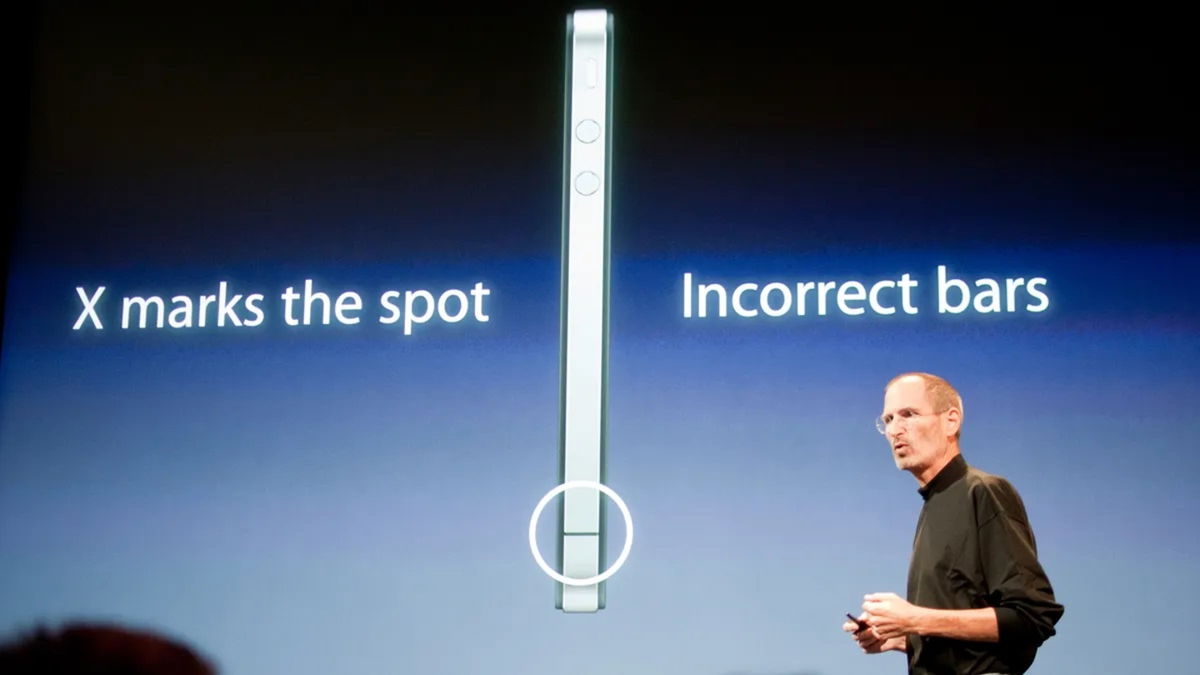Every week, TecMundo and #AstroMiniBR bring together five fun and interesting astronomical curiosities produced by their Twitter profile collaborators to spread the knowledge of this oldest science. Check it out below!
#1: The next annular eclipse will be viewed from Brazil!
A solar eclipse occurs when the Moon passes between the Earth and the Sun, blocking the Sun from seeing a small part of the Earth, either completely or partially. Such alignment occurs approximately every six months, always at the new moon phase, when the Moon’s orbital plane is closest to the Earth’s orbital plane.
In a total eclipse, the solar disk is completely obscured by the Moon. Partial and annular eclipses only partially obscure the Sun. Unlike a lunar eclipse that can be seen from anywhere on the night side of the earth, a solar eclipse can only be seen from a relatively small area of the earth, so these events are very rare. The video above shows the Moon’s shadow reflected in the Pacific Ocean during the last annular eclipse, which occurred on the 20th.
If for some reason you’re not boating in this very part of the planet, don’t worry, you’ll have another chance! An annular solar eclipse will cross the Americas on October 14 of this year and will be visible in many countries of South and Central America, including the United States, Mexico and Brazil.
#2: What are star clusters?
Star clusters are groups of stars that are held together by the mutual gravity of their physically related members from a common origin. These systems are divided into open clusters and globular clusters.
Open clusters often contain a dozen to hundreds of stars scattered in an asymmetrical pattern. In contrast, globular clusters are ancient systems containing thousands to hundreds of thousands of stars packed in a symmetrical, roughly spherical fashion.
Some star clusters are visible to the naked eye, and thus, four open clusters have been known from the earliest times: the Pleiades and Hyades in the constellation Taurus, Praesepe in the constellation Cancer, the Beehive, and the Hair Berenices.
#3: Beyond visible light
In the universe, some masses of matter are cold and do not emit as much energy or visible glow as dust or a young planet. However, they radiate at infrared wavelengths, which makes it possible to detect them. The above image presents a comparison between optical and infrared images of the dark cloud Barnard 68.
Here, the short, narrow wavelengths of visible light are reflected from dense dust particles, making it difficult for them to escape. Longer wavelengths of infrared light pass through dust more easily, so devices that detect infrared light can see objects emitting that light through or behind a dust cloud.
#4: Saturn’s “Death Star”
NO. Not the Death Star
No, you don’t see the Death Star or PacMan in the pictures above. This is Mimas, one of the smallest moons of Saturn. The most prominent crater, named Herschel after its discoverer, stretches for about 130 kilometers and is a dominant feature on the surface of this natural satellite.
Mimas is mostly made of water ice with a handful of rocks, so it is correctly described as a big, dirty snowball. The above image was taken during the robotic Cassini spacecraft’s flight in August 2005 and combined with thermal information from its surface to create a temperature map.
#5: Infrared Jupiter
The above image shows a fantastic perspective of the Solar System in the infrared of the gas giant. In it, we can see Jupiter’s main ring, discovered in 1979 when NASA’s Voyager 1 spacecraft made a close flyby.
This ring was created by meteoroid impacts on nearby small moons spewing dirt and dust into Jupiter’s orbits. You can also prominently see Jupiter’s Great Red Spot, a major storm that has lasted more than 350 years.
Source: Tec Mundo
I’m Blaine Morgan, an experienced journalist and writer with over 8 years of experience in the tech industry. My expertise lies in writing about technology news and trends, covering everything from cutting-edge gadgets to emerging software developments. I’ve written for several leading publications including Gadget Onus where I am an author.












